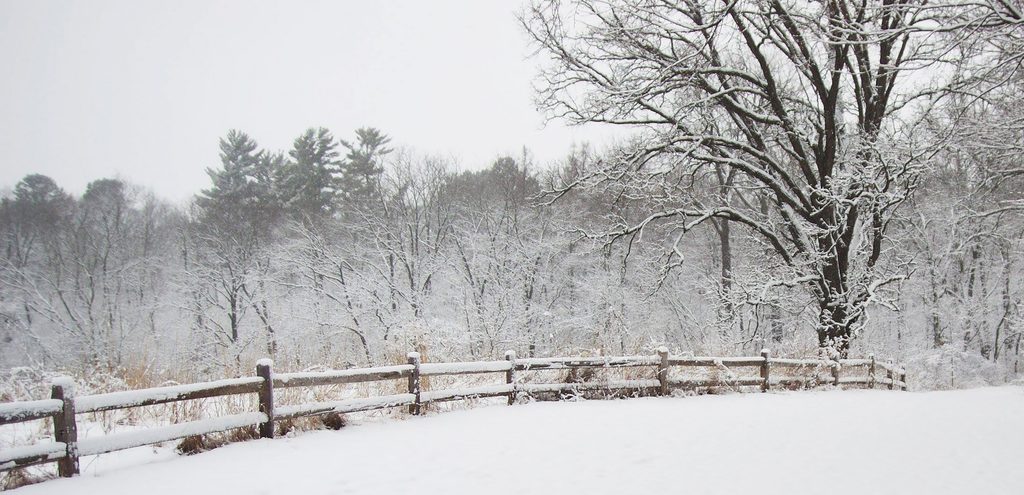
“…The vapor rises
high in the sky, tossing to and fro,
then freezes, suddenly, and crystalizes
into a perfect flake of miraculous snow…”
William Baer (2003).
The birth of every snowflake starts out with a speck of dust. If the temperature in the cloud is below freezing, water vapor condenses onto the particle, forming an ice crystal. The crystal continues to absorb and freeze more water vapor, growing into a snow crystal. Snowflakes are comprised of hundreds of snow crystals that have collided as they tumble from the sky. The size and shape of snowflakes depends on temperature, wind, and humidity. The biggest snowflake recorded in the U.S. was a 15-inch monster found in Montana!
It is common knowledge that snowflakes have six sides, but there is an incredible range in the way that snowflakes look. Depending on the classification system, there are 35, 41, or even 80 distinctive snowflake shapes, ranging from stellar plates (flat, star-like) to hollow columns (hexagonal tubes). The stereotypical snowflake shape is called a stellar dendrite (dendrite meaning “tree-like,” because they branch out from the center). Snowflakes may come down in clusters, or be broken into crystal fragments depending on the weather.
Technically, snow is a mineral! It is a naturally occurring, homogenous solid, inorganically formed, with an ordered atomic structure and a definite chemical composition. It is also an incredible insulator, newly fallen snow may be 90-95% trapped air, which greatly diminishes heat transfer. As you shiver your way through this weekend, take a moment to appreciate the snow crystals around you – are they 12-sided snowflakes, rimed crystals, or stellar dendrites?
–Jasmine Cutter ’13 for the Cole Student Naturalist
Add a comment